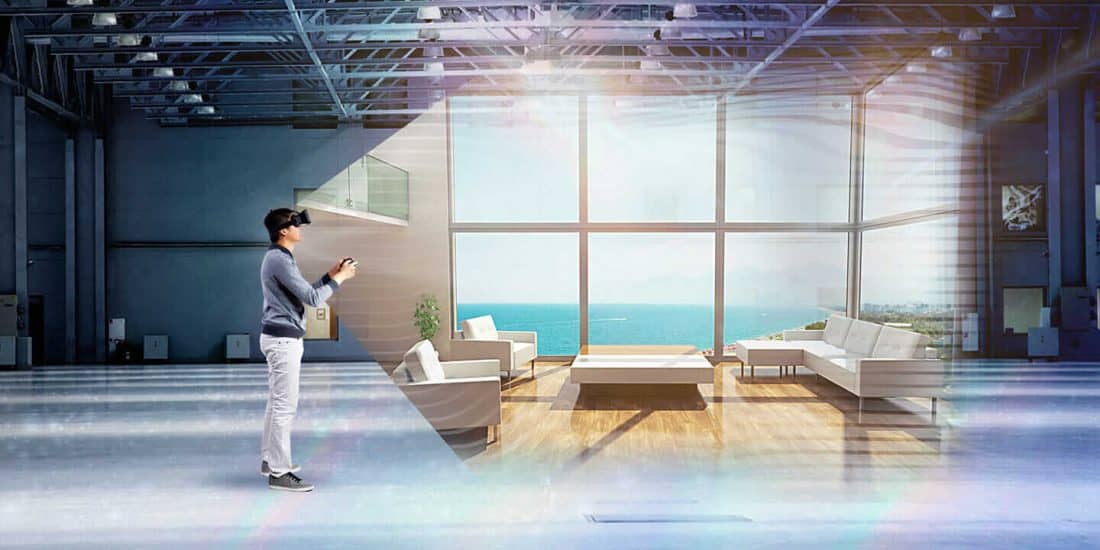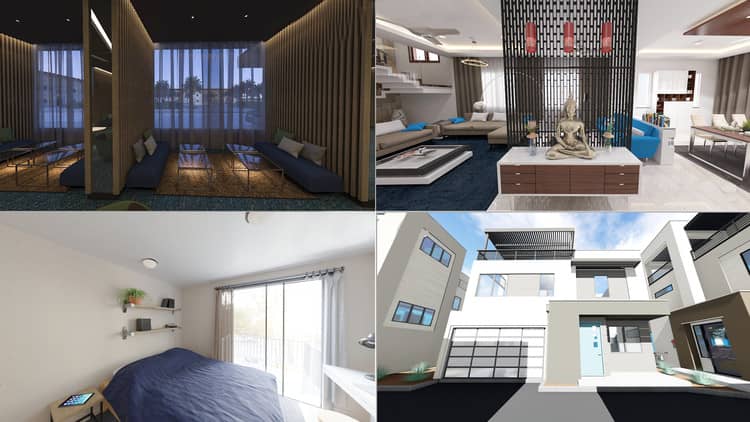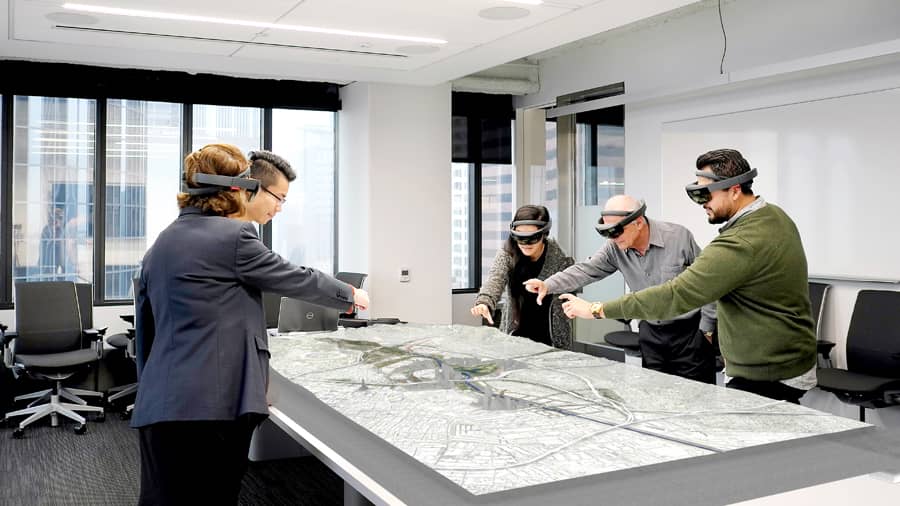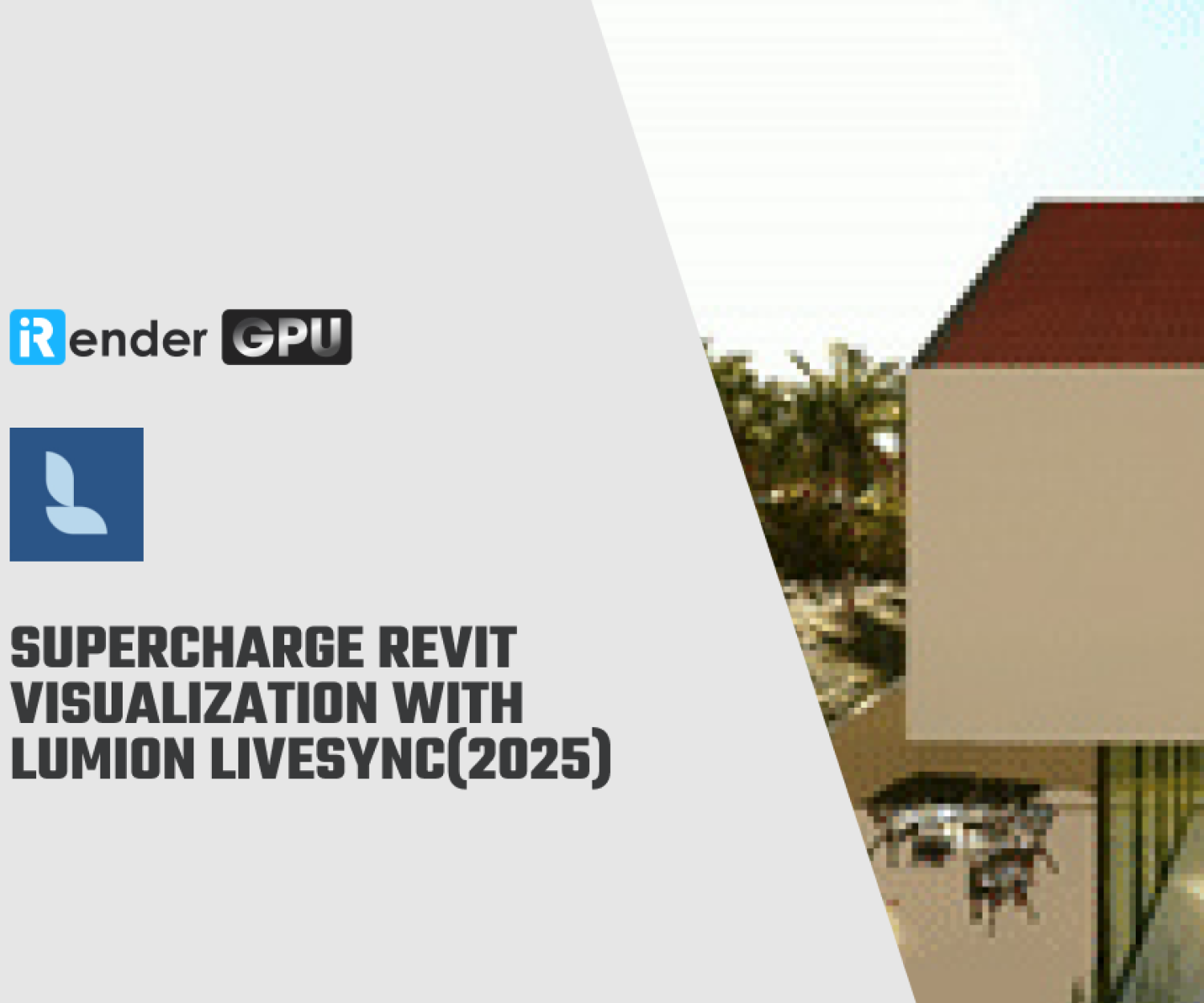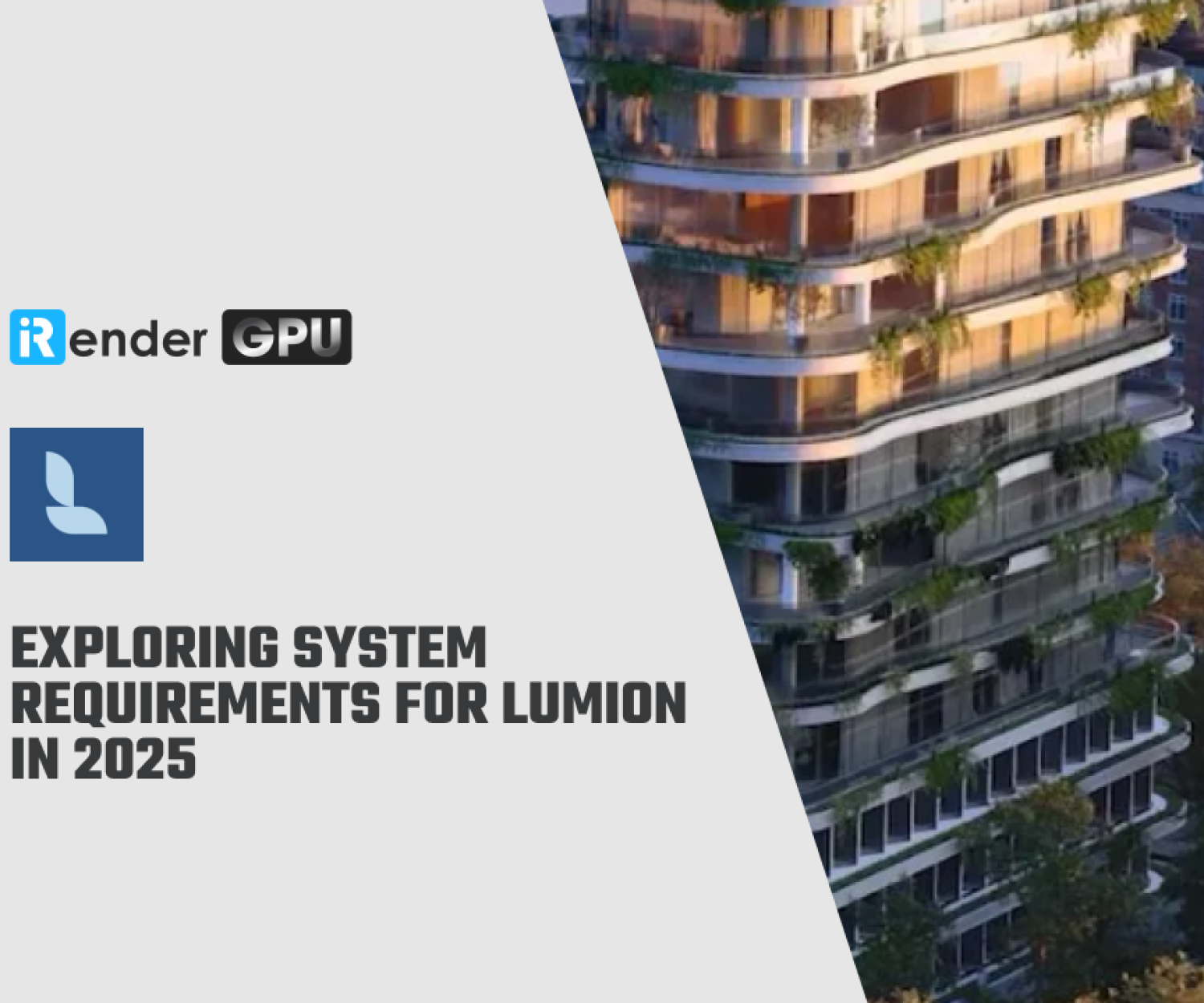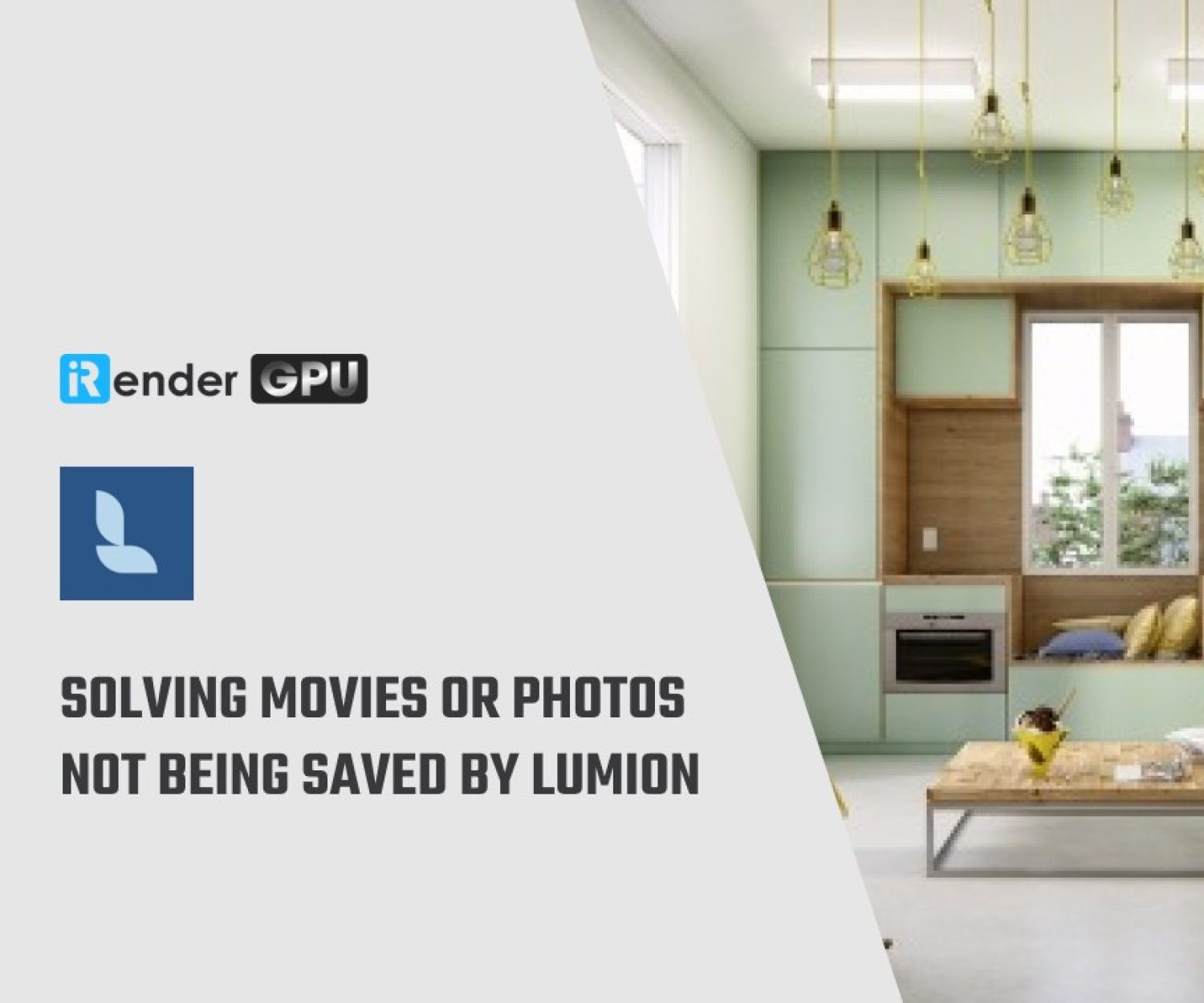Top Benefits of Using VR in Architecture and Engineering
Virtual reality (VR) is not a brand-new concept, by any stretch of the imagination. The technology actually goes back several decades, though it is much more refined in the modern era.
Virtual reality design software opens a lot of new doors for architects and engineers. Nevertheless, many companies still avoid using virtual reality design software. Whether it’s because of fear of the unknown, or because they think it’s too expensive, a lot of firms stick to the digital design software packages that have served them so well in the past.
That’s all well and good for now, but what about the future. VR technology is improving all the time, and it offers your firm the opportunity to showcase your work in brand new ways. If your competitors start using it before you do, you may end up falling behind the pack.
In today article, let’s get a look at some of the main features of virtual reality. Here are the top five benefits of VR for your architectural or engineering firm.
Creating Individual Experiences
Think about what happens when you present a new 3D model to a client. Usually, you’re going to have a bunch of people sat around a table, staring at a screen. You conduct a walkthrough of the model using your digital design software, essentially acting as a guide.
However, nobody interacts with anything. Your potential clients have to rely on you to show them what you’ve come up with. It’s difficult to make suggestions in that environment. Plus, your client isn’t examining the model at their own pace. Little issues may escape their attention, plus, your client can’t add his or her own individual touches to your work.
As a result, the experience isn’t individual to the client. VR changes all that. One of the best features of virtual reality is that it creates an immersive environment for the user to engage with. Using your virtual reality design software, you can create environments that your clients actually get to explore. You don’t need to act as the tour guide anymore, because your client can react virtually with the environments that you create.
So, how does this benefit clients more when compared to traditional digital design software? For one, your client has the opportunity to make changes on the fly. If they see a colour scheme they don’t like, they can use your virtual reality design software to make changes on the spot.
The end-result is that the client gets to visualise the structures you create. Plus, the changes they make get recorded in your virtual reality design software. So, not only do you have a happier client, but you also have a better record of what the client wants from the project.
The individual experience means your clients get more out of your designs.
Understanding the Space
Virtual reality design software offers much more than interactivity. It also helps your clients understand the spaces used in your design. This benefits architects more than engineers, as the former often create building interiors. Your client can get a feel for how those interiors work, rather than taking their cues from you.
You must remember that not everybody has an architect’s brain. While you may be able to look at a 2D floor plan and visualise how the spaces all fit together, some of your clients won’t be able to. Even with a 3D design, you may find your clients struggle to put the pieces together.
That’s understandable. After all, your clients don’t have the training that you have. However, it’s also something you need to account for. Before VR, this meant a lot of talking the client through the model.
With VR, you don’t have to do that anymore. You can put your client right in the middle of the model and let them explore. This simulated “world” offers a much more accurate representation of what you’re going to create for them in real life. They can feel and explore the space, rather than trying to imagine it.
Now, think about how amazing that must feel to somebody who has never used VR before. Instead of sitting through a dry model presentation, your client gets to explore your model.
This benefits you, because it builds excitement for the project. As we all know, client buy-in is crucial to the success of projects. If you can show your clients what they’re getting before they actually get it, you stand a much better chance of success. Plus, virtual reality design software gets rid of the need for all those questions about how your model will “work” in real life.
Cost-saving measures
Traditionally, architects and engineers have shied away from VR because of the cost involved. That’s understandable. After all, you need to procure suitable hardware, in addition to the virtual reality design software that allows you to put your models together.
Even a decade ago, virtual reality was out of reach for many firms. However, that’s not the case today. VR is a much more affordable technology now than it has ever been. Recent technological developments have cut the cost of hardware production, which means you can secure VR headsets for less money.
Let’s look at some examples. Both the Oculus Rift and HTC Vive have become popular in recent years. Part of that is due to the cost. Both are now affordable.
Are those the sorts of figures that you had in your head? It all sounds a lot more affordable than many people think. In fact, for a $10,000 investment, you can have the hardware and software you need to offer virtual tours to any of your clients. Better yet, it’s mostly a one-time investment. Yes, you may need to update the software every so often, but the hardware will serve you well for many years.
You must also think to the future. That investment offers you the chance to stand out from the crowd, which means you can secure more work. Furthermore, virtual reality design software makes it easier for clients to spot issues that need to be addressed. As a result, you spend less time trying to figure out what’s wrong with the model, plus you won’t end up ploughing ahead on a design that your client doesn’t like.
Streamlined feedback and alterations
The most nerve-wracking moment of any project is showing the design to the client and awaiting their verdict. You never know whether they’ll like your ideas, what the feedback will be and how extensive that feedback might be. There’s also the consideration that not all feedback and points of note will be spotted on first glance. It might be the case that some of the client’s feedback comes several weeks later when they’ve had the chance to mull over the design at leisure.
Whatever the outcome, the process of making alterations and revisions can be incredibly time-consuming for architects and designers. VR can ease the process, not least because clients have a more in-depth view of the design initially but that they can point out changes in real time. VR software allows clients to experience everything from colour and texture to lighting, sound effects and furniture.
This means that the client can truly visualise your ideas and make recorded changes so the finished product is an amalgamation of the two concepts for a perfect result, and fewer revisions. Ultimately, to fulfil a customers’ needs, you’ll always need to make alterations. But the process requires far less repetition and benefits from greater precision to reduce the time spent making changes.
The Training Potential
Let’s look inwards for a moment. Training always presents a problem to architectural and engineering firms. Your new hires may have skills, but they may not know how to apply them as your firm would like them to. As a result, you have to train them to bring them up to speed on what you expect.
This is a laborious process, and one that takes a lot of time and effort. In some cases, it may take several months before your new hires really understand what you want from them.
With virtual reality design software, you can streamline your internal training processes. You can use the software to show your new hires what you need from them. Furthermore, the interactivity inherent in VR means your employees can learn as they go. You can build models that your employees can play around with in the virtual setting. This creates a more engaging training environment, which results in faster learning.
It’s not just the people at your firm that can benefit from this faster training scenario. Virtual reality also offers you the chance to train the construction crews you work with. You can use your virtual tours to discuss issues such as material use and clash detection with construction crews.
This helps the team to visualise how the structures they create should actually look. As a result, you create more efficient construction environments. Furthermore, you can also use your virtual reality design software to highlight the importance of safety on the construction site.
The point is that VR isn’t just for displaying your models to clients. It’s a tool you can use throughout the entire process. From design through to construction, VR can help you to make things more efficient. This saves time and money, which you can dedicate to other projects.
Conclusion
The possibilities for where VR and its platforms are endless, and the technology and its uses are still in the early stages. But as more industries and businesses adopt this way of working, it will become as prevalent in our lives as email is now as a communication tool. VR technology isn’t just likely to be used as a tool for managing projects but also designing for clients and showcasing ideas, boosting construction and collaboration, improving quality control and creating a better experience for customers.
VR has much to offer architectural businesses, from creating a lasting impression on clients to speeding up the design process and saving money. But it can also help businesses with efficiency, streamlined onboarding of staff and with the ability to create layouts and designs with fewer mistakes that can be costly and time-consuming further down the line. Investing in VR is money well-spent for architectural firms who want to create more immersive client experiences.
At iRender, we have developed multiple RTX 3090 workstations specifically optimized and configured for GPU rendering workflows, from single- GPU 1x RTX 3090 to Multi-GPU 2/4/6/8 x RTX 3090, you can choose one server that is suitable for your demand and your software to get started. You are guaranteed to experience maximum performance for your budget. Users will remotely connect to our server, install their software only one time and easily do any intensive tasks like using their local computers. We offer clients the powerful processor Intel Xeon W-2245 @ 3.90GHz / AMD Ryzen Threadripper Pro 3955WX @ 3.90GHz and up to 1 TB SSD to load your scene quickly.
Register an account today for FREE TESTING COUPON to experience our service. Or contact us via WhatsApp: (+84) 912 785 500 for advice and support.
Thank you & Happy Rendering!
Reference source: academy.archista.com
Related Posts
The latest creative news from Enscape Cloud rendering, Lumion Cloud rendering, V-Ray Cloud Rendering , Twinmotion Cloud Rendering , 3D VFX Plugins & Cloud Rendering.

